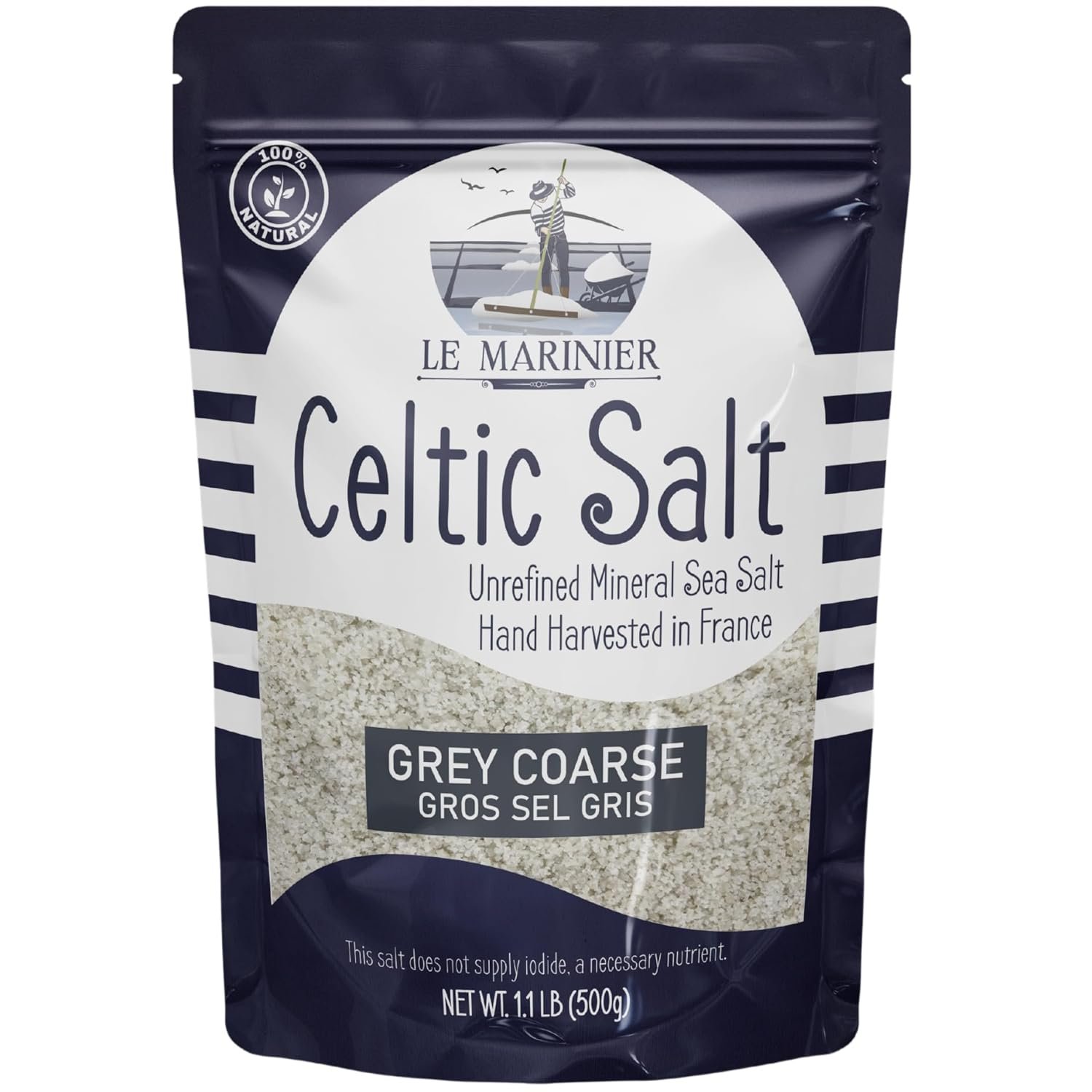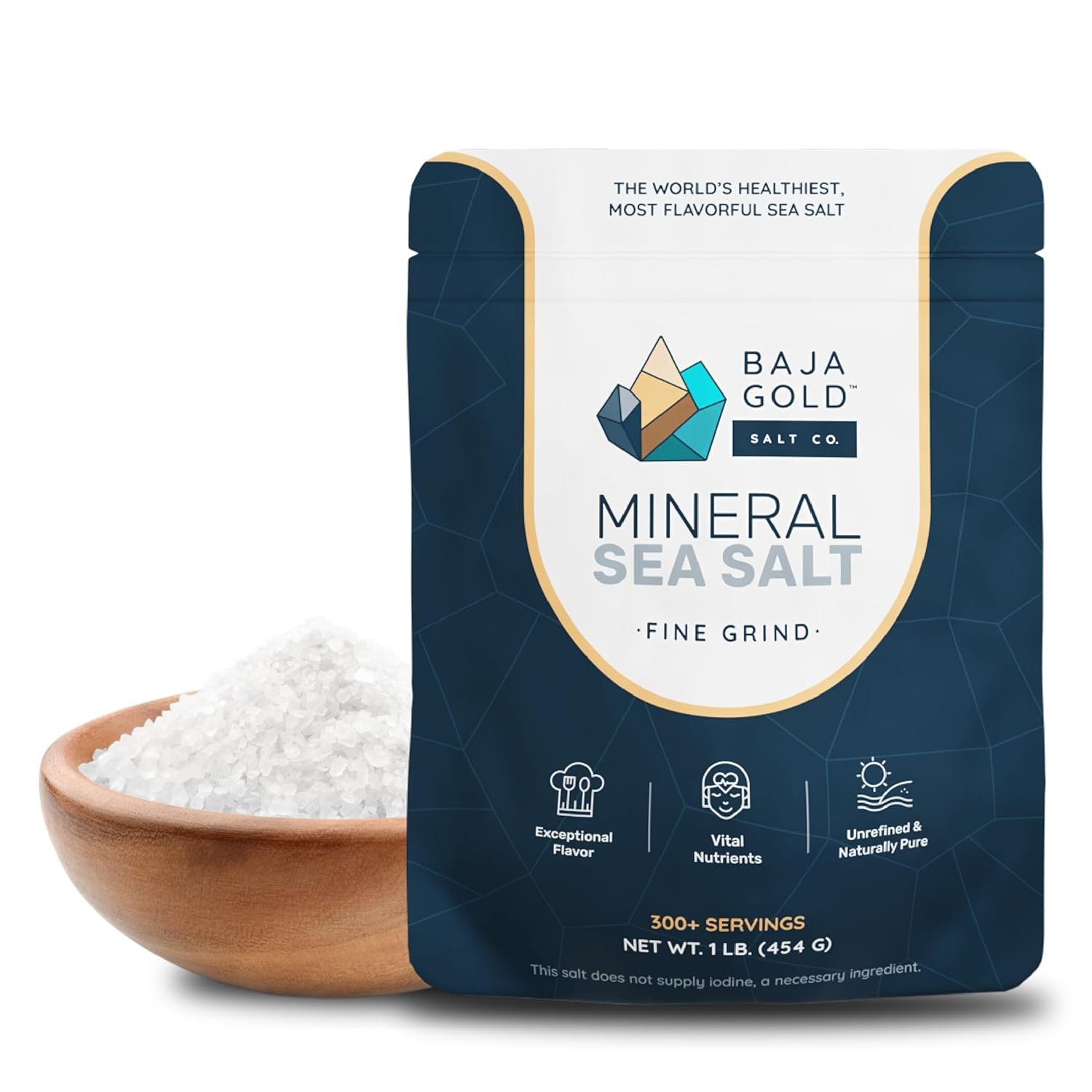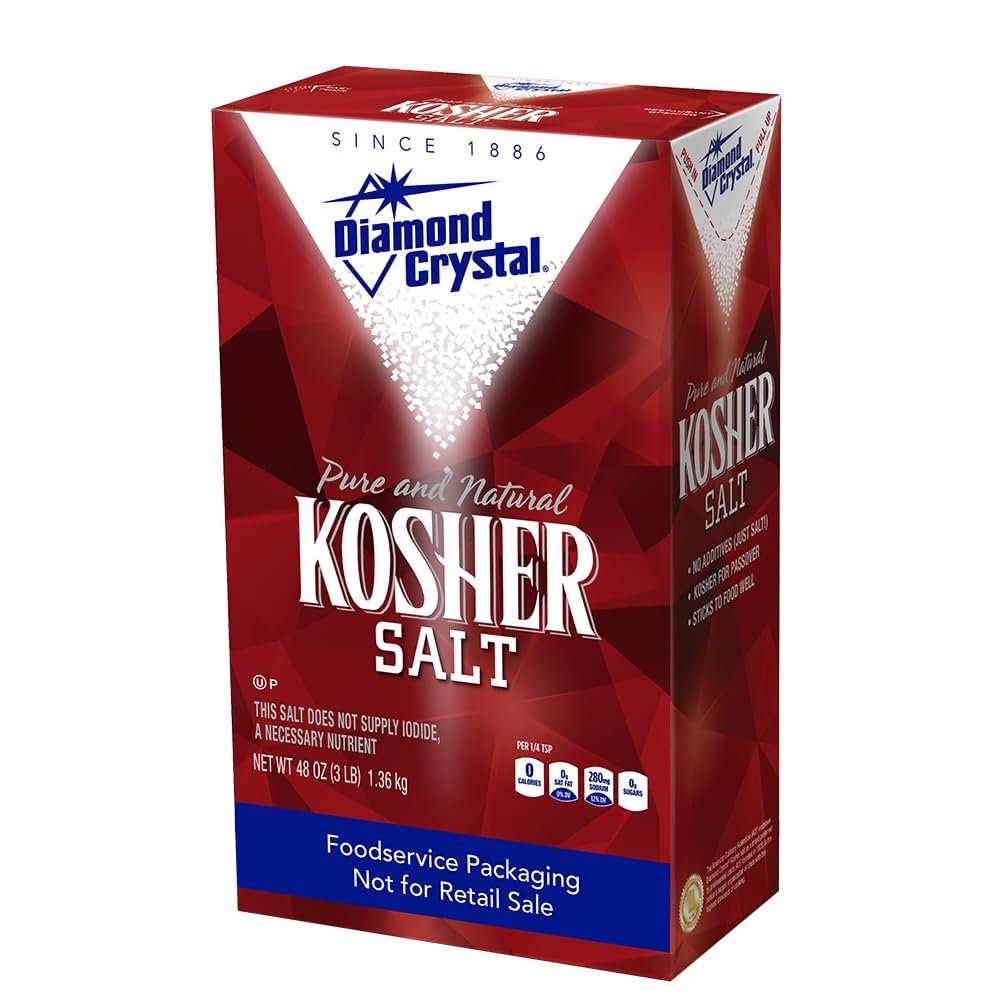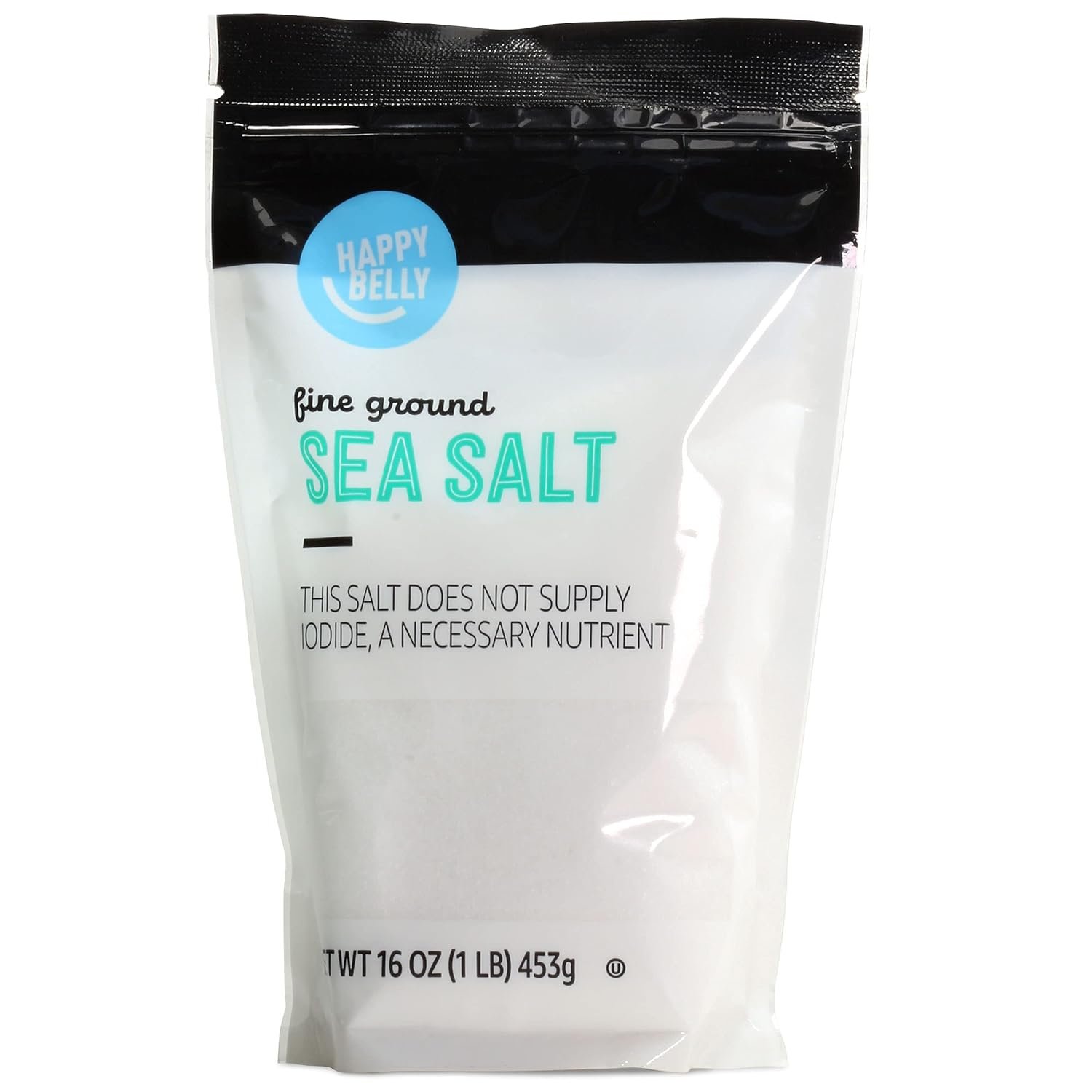Why You Might Want to Avoid Table Salt:
Understanding the Drawbacks and Healthier Alternatives
Table salt is a staple in many kitchens, but it’s worth reconsidering its place in your diet. While it’s a common and inexpensive option for seasoning food, table salt comes with several drawbacks that may make you want to explore healthier alternatives. Here’s why you might want to avoid table salt and what you can use instead.
1. Highly Processed
Refinement: Table salt is heavily processed to remove impurities and other minerals, leaving behind nearly pure sodium chloride. This refining process strips the salt of beneficial trace minerals found in less processed salts.
Additives: To prevent clumping, table salt often contains anti-caking agents like sodium aluminosilicate. While generally deemed safe, these additives may be a concern for some individuals.
2. Lack of Essential Minerals
Mineral Deficiency: Unlike sea salts or Himalayan pink salt, table salt lacks trace minerals such as magnesium, calcium, and potassium. These minerals are beneficial for health and contribute to a more complex flavor profile.
3. Health Risks
High Sodium Content: Table salt is nearly 100% sodium chloride. Excessive sodium intake is linked to high blood pressure, heart disease, and stroke. While all salts contain sodium, those with additional minerals might help balance sodium levels better.
4. One-Dimensional Flavor
Plain Taste: Table salt provides a straightforward salty flavor with little complexity. It lacks the nuanced tastes of other salts, which can enhance dishes more effectively.
















